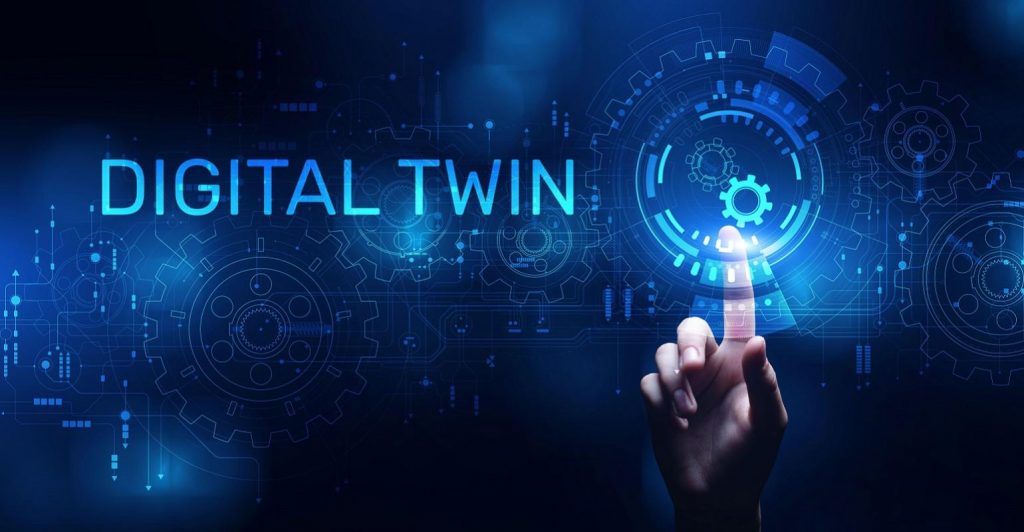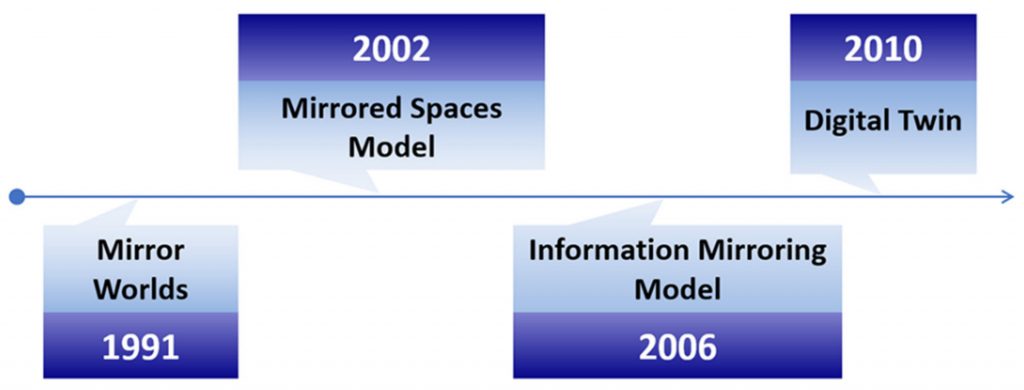What is a Digital Twin

A digital twin is a virtual model of a physical object. It reflects the current condition and relevant data of the object. The digital twin is constantly updated in real-time with data from a physical object, allowing it to copy the behavior of the physical object accurately. This allows businesses to monitor and analyze the performance of the physical assets without expensive and time-consuming physical testing.
What types of digital twins are there?
There are several types of digital twins, that can often run side by side within the same system. The most common types of digital twins are the following:
- Component twins
Component twins are the digital representation of an individual part of a physical product. Rather than modeling all the individual parts of the product, they model integral parts under particular stress or heat. By digitally modeling these parts and subjecting them to dynamic simulations, designers can see how parts can be improved to make sure their integrity.
- Asset twins
Asset twins are digital representations of a physical product rather than its individual parts. It is composed of many component twins, the purpose here is that how the various parts operate together as a whole product.
- Process twins
Process twins are digital representations of systems working together. It models the entire factory all the way down to employees operating machines on the factory floor.
- System twins
System twins show how different asset work together as part of a broader system. It allows you to make decisions about performance or efficiency.
How does a digital twin work?
A digital twin works by digitally replicating a physical asset in a virtual environment including functionality, features, and behavior. The basic working principle involves collecting real-time data from sensors, cameras, and other resources, which is later processed and analyzed using machine learning algorithms. The several steps involved:
1. Data Collection
The Real-time data is collected from sensors and other resources to get the behavior and performance of the physical asset.
2. Data Integration
The data collected is integrated and processed to create a digital model.
3. Machine Learning and Analytics
Various machine learning algorithms and analytics tools are used to analyze the data and generate ideas about the behavior and performance of the asset.
4. Simulation and Optimization
The digital twin is used to simulate different scenarios and outcomes, and to optimize the performance of the physical asset or system.
History of Digital twin technology
The idea of a digital twin was the first voice in 1991, with the publication of Mirror Worlds by David Gelernter. Dr. Michael Grieves introduced the concept and model of the digital twin in 2002. The digital twin concept known by different names was subsequently called digital twin by John Vickers of NASA in 2010.

What are the benefits of digital twins?
There are as many benefits to using digital twins, however, the most common benefits include the:
- Lower costs by designing, testing, and refining products in a virtual environment before mass production.
- Improve customer experience when choosing a product by virtually modeling their customer journey.
- It can be used to optimize the performance of complex systems.
- Provide quick maintenance to physical assets by monitoring their performance and identifying the issue.
Applications of Digital Twins
1. Aerospace: Digital twins are used to optimize the design and performance of aircraft engines. By simulating the engine’s behavior under different operating conditions, engineers can identify potential issues and make design improvements.
2. Healthcare: Digital twins are used to stimulating the behavior of the human body and predict the outcome of medical treatments.
3. Manufacturing: Digital twins are used to optimize production processes and reduce downtime. By simulating the behavior of production equipment, manufacturers can identify potential issues and optimize the production process.
4. Energy: Digital twins are widely used in optimizing the performance of renewable energy systems. By simulating the behavior , operators can optimize their performance and reduce downtime.
Conclusion
Digital twin technology is a powerful tool that can help businesses to reduce costs, increase efficiency and improve overall quality. The technology is gaining popularity across various industries and is expected to become more mainstream in the coming years and also expects to see more applications across various industries.

